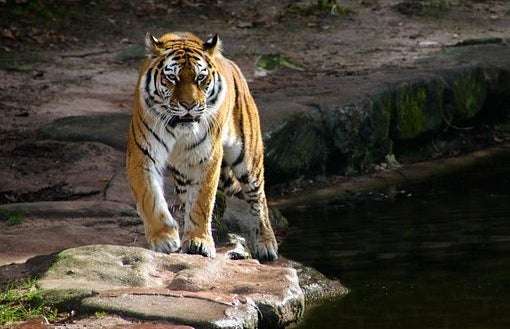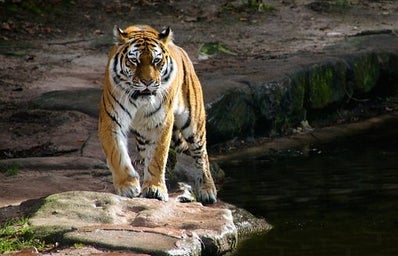Throughout the pandemic we have come across various news articles referring to wild animals making appearances in urban areas, in typically crowded lanes, due to the lack of human presence. Many people have recited such incidents with the ‘animals have entered our area’ narrative when it’s humans who have been impinging on their habitat forever.
These incidents were a direct result of what many call an ‘anthropause’, which refers to a global reduction in human activity. The lockdowns in major cities across the world exposed the inherent links between humans and wildlife. Humans have relied on animals around them since they came into existence, be it for sustenance, transport, or any other need. Meat-eating has been traced back to homo erectus, over 2 million years ago. The relationship between man and wildlife has contributed largely to evolution.
However, what began as a reliance for survival has turned into pure exploitation over the centuries. The growing population has come bearing its ever-increasing greed for material objects, many being sourced by hunting down species after species and driving them to extinction. Humans have always asserted their cognitive dominance over other beings and hence continued to capitalize on wildlife and sea life. Its trafficking is the fourth most lucrative illegal trade in the world. From the need for delicacies in food to fancy rugs, from lipsticks to handbags, they all come from the killing of beautiful creatures.
Human-wildlife conflict has been a cause as well as a result of the many encroachments we have made in order to meet our needs – to displace and leave them without their habitat to build our own homes. These clashes have been a source of both human and animal casualties, but the cause remains human interference – often unacknowledged. Various incidents across the world of wild animals entering villages and even urban areas have been reported with a triumph over the capture or killing of said animals. Such instances paint quite a dismal picture for the hopeful co-existence of humans and other species.
Two major reasons for the dwindling wildlife numbers are over-harvesting and poaching. In a study conducted by the University of Queensland, it was revealed that over 77 percent of terrestrial area and 87 percent of the ocean had been a direct result of human activities. While there are now numerous wildlife sanctuaries and national parks across the world aiming for conservation, it comes with its own set of problems. Tourism in these areas helps generate revenue and pays for the many people involved in the maintenance of these protected areas. However, it also has detrimental effects on animal behavior and their habitats. Although this minor anthropause has caused the wild to come out in lands that once belonged to them, the decrease in tourist activities has definitely been worrisome for the authorities.
With the likes of Joe Exotic and the unreasonable fascination of people with domesticating wild animals, even the remaining numbers seem to be in danger. Subjecting species with specific behavior and living environments to a caged and controlled life, and their forceful breeding for profits has drastic and devastating effects on their kind. Fortunately, there are strict laws against this in many countries, India being one of them. The Convention on International Trade in Endangered Species, Wildlife Protection Act, 1972, Prevention of Cruelty to Animals Act, 1960, and the Indian Penal Code, 1860 – all collectively frame India’s laws on pet animals.
The recent wave of veganism that has swept the world swears to protect even the domesticated animals, let alone the wild. However, a deeper look at the vegan industry has revealed harsh truths about its level of environment-friendliness. What’s more important than making changes in our diets entirely is switching to sustainable methods in our lifestyle. Individual efforts to boycott goods such as souvenirs made out of elephant ivory, or delicate corals to fur clothing born out of dead antelopes and leopards are necessary to put a dent in the industry indulging in these illegal trades. Besides this, many Asian medicines have been using ‘exotic’ animals and various parts of their bodies for over 3000 years now.
At the current rate, despite the pandemic, surface policies passed by a few nations can only do so much. International collaborations and treaties are a must, and pan-world agreements with a call to action strategies are the need of the hour. Individual impacts can grow bigger by actually causing an industry-wide change. Laws need to become more stringent, students should be encouraged to study and go into the field of wildlife conservation more so that the title of the ‘Tiger King’ is given to someone who actually deserves it.


